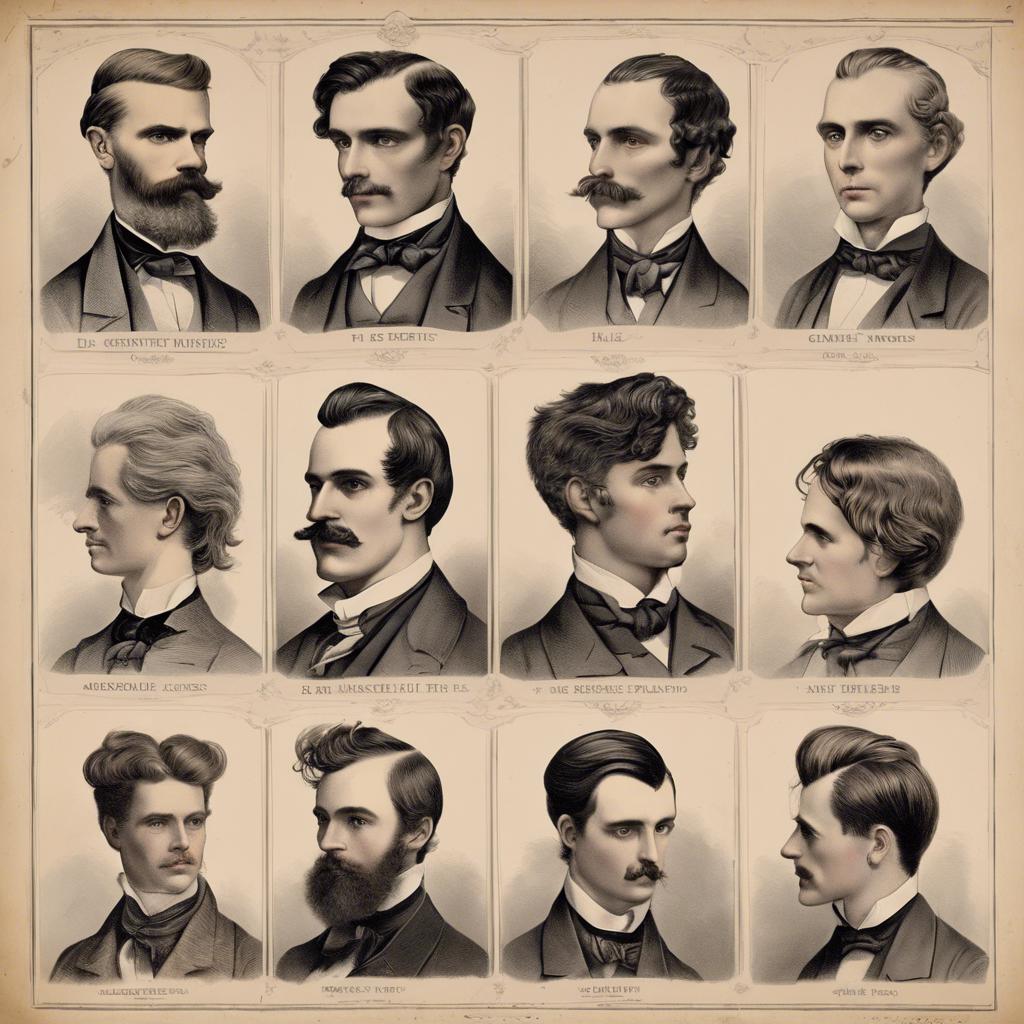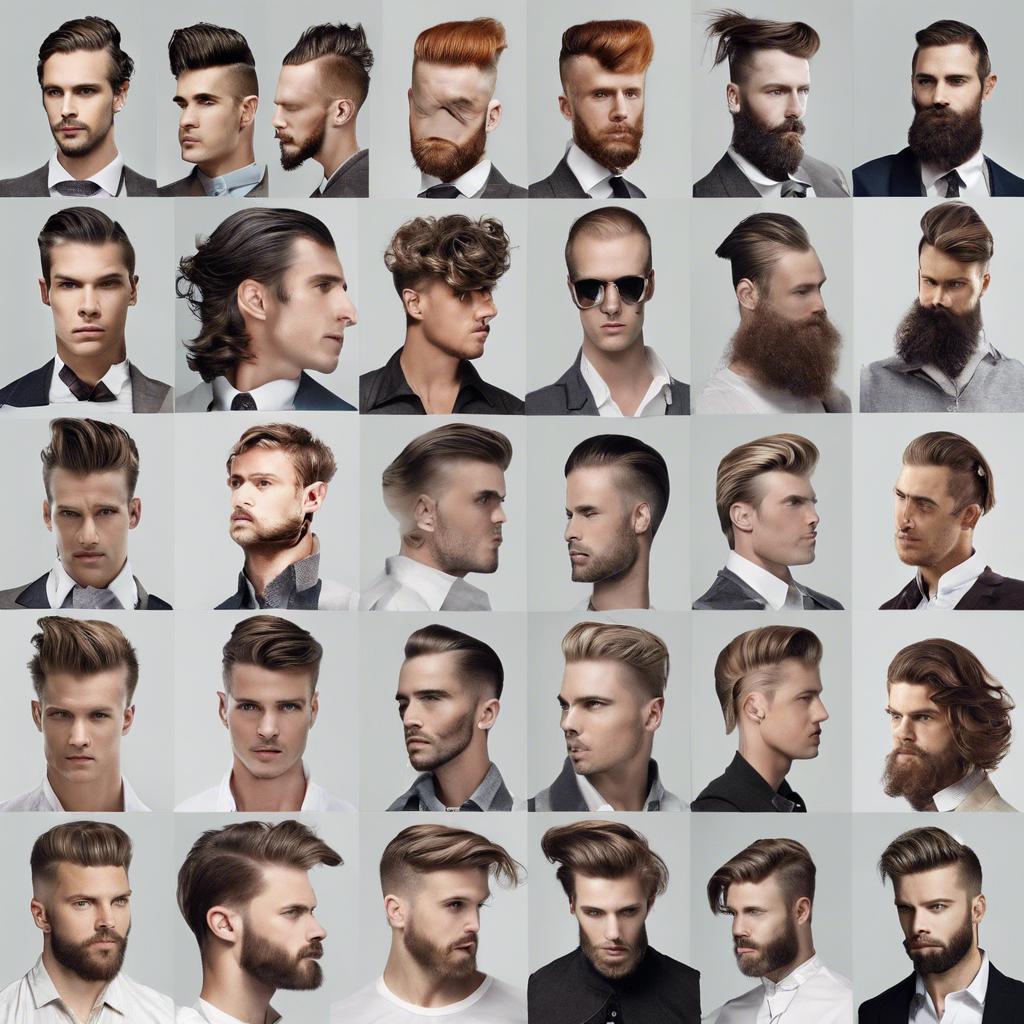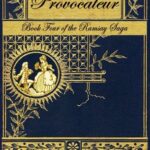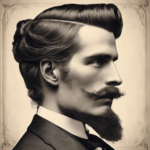In the 1800s, men’s hairstyles underwent significant evolution, reflecting the changing social norms and fashion trends of the era. From elaborate wigs to sleek side-parted styles, the variety of hair looks popular during this period was vast and diverse. In this article, we delve into the intricate world of 1800s men’s hairstyles, exploring the influences, techniques, and trends that defined the grooming habits of gentlemen during this fascinating period in history.
Step Into the World of Cheryl Bolen
Dive into the enchanting stories of love, intrigue, and elegance set in the Regency Era. Cheryl Bolen's novels offer timeless romance and captivating tales that will leave you wanting more.
Explore Cheryl Bolen's Books Now
Popular Mens Hairstyles in the 1800s
In the 1800s, men’s hairstyles were a reflection of the societal norms and fashion trends of the time. One popular hairstyle for men during this period was the well-known “Regency hairstyle.” This style was characterized by short, sleek hair on the sides with longer, more voluminous hair on top, often styled with a middle part. This classic look exuded elegance and sophistication, making it a favorite among gentlemen of the era.
Another trendy hairstyle for men in the 1800s was the “Victorian pompadour.” This style featured hair that was brushed upwards and back, creating a voluminous and slightly curled effect at the front. The pompadour was often paired with a mustache or beard, adding to the overall masculine aesthetic. This hairstyle was favored by dashing gentlemen who wanted to make a statement with their bold and confident look.
For a more casual and everyday hairstyle, many men in the 1800s opted for the “natural waves” look. This style involved growing out the hair slightly longer and allowing it to flow naturally, showcasing the natural waves and texture of the hair. This laid-back hairstyle was perfect for gentlemen who wanted a more relaxed and effortless appearance, while still maintaining a sense of refinement and style.
Key Characteristics of Mens Hairstyles in the 19th Century
Men’s hairstyles in the 19th century were characterized by a sense of elegance and sophistication. One key characteristic of hairstyles during this time period was the use of elaborate hair accessories such as combs, pins, and ribbons. These accessories were often used to create intricate updos and styles that added a touch of glamour to men’s looks.
Another defining feature of 1800 men’s hairstyles was the prevalence of long, flowing locks. Many men during this time period chose to grow their hair out and style it in loose curls or waves. This style was often seen as a symbol of wealth and status, as it required regular grooming and maintenance to keep the hair looking its best.
Lastly, sideburns were a popular trend in men’s hairstyles during the 19th century. Men would often grow out their sideburns and style them in elaborate shapes and designs. Sideburns were considered a fashionable accessory and were often paired with dapper suits and top hats to complete the overall look.
Hair Care and Styling Tips for recreating 1800s Mens Hairstyles
When it comes to recreating 1800s men’s hairstyles, there are a few key tips and tricks to keep in mind. One of the most iconic hairstyles of the time was the slicked back, side-parted look. To achieve this style, start by growing out your hair to a medium length and combing it back with a pomade or wax. Use a comb to create a clean side part, and finish off the look with a touch of grooming tonic for added shine.
Another popular hairstyle from the 1800s was the neatly combed back and slightly curled ends. To achieve this look, start by parting your hair in the middle and combing it back towards the nape of your neck. Use a curling iron to add soft curls to the ends of your hair, and finish off with a light mist of hairspray to hold the style in place. This classic hairstyle exudes sophistication and elegance.
For a more casual 1800s look, consider trying out the messy, bedhead style that was popular among young men during the time period. To recreate this look, simply tousle your hair with your fingers and add a small amount of texturizing spray for added volume and hold. This effortless style is perfect for a day out on the town or a casual evening with friends.
Noteworthy Icons and Influences in Mens Hair Fashion in the 1800s
In the 1800s, men’s hairstyles were a reflection of the societal norms and cultural influences of the time. Noteworthy icons and influences in men’s hair fashion during this period included:
- Victorian Era Dandies: The Victorian era saw the rise of dandies who were known for their elaborate and impeccable sense of style. These men often sported meticulously groomed hair, complete with sideburns, mutton chops, and perfectly styled moustaches.
- Regency Period Elegance: Men during the Regency period favored simple yet elegant hairstyles, such as the popular short and slicked-back look. This style was often accompanied by a neatly trimmed beard or goatee, adding a touch of sophistication to their overall appearance.
- Military Influence: Military hairstyles also had a significant impact on men’s hair fashion in the 1800s. Short, cropped haircuts were common among soldiers and were later adopted by civilians as a symbol of masculinity and strength.
men’s hairstyles in the 1800s were a blend of tradition, elegance, and masculinity, with each style reflecting the individual’s personality and status in society. From the sophisticated dandies of the Victorian era to the simple yet refined looks of the Regency period, men’s hair fashion in the 1800s was truly a reflection of the cultural influences of the time.
In Retrospect
the variety of hairstyles worn by men in the 1800s reflected the changing social and cultural norms of the time. From powdered wigs to slicked-back hair, each style held its own significance and symbolized different aspects of society. As we look back on these historical hairstyles, we can gain a better understanding of the traditions and values that shaped men’s fashion during this era. The evolution of men’s hairstyles in the 1800s serves as a testament to the ever-changing nature of fashion and its ability to reflect the spirit of the times.


